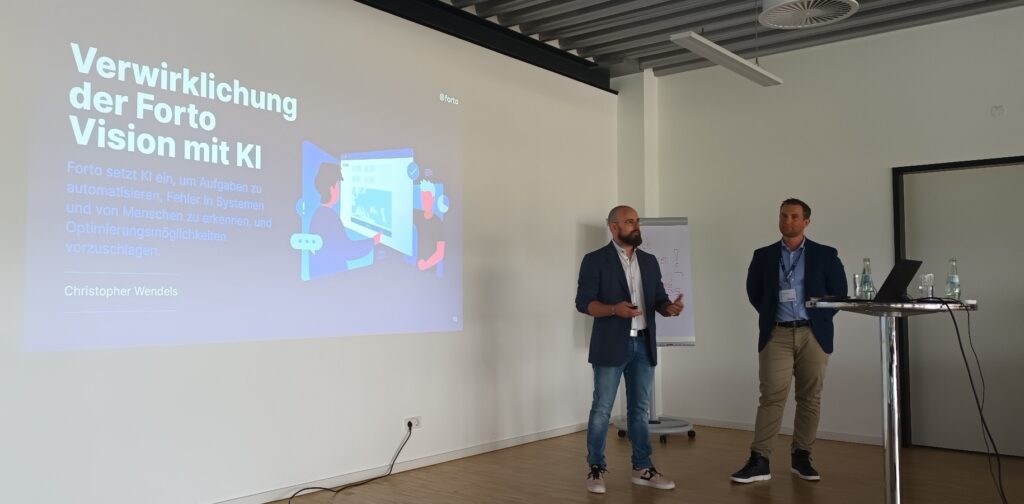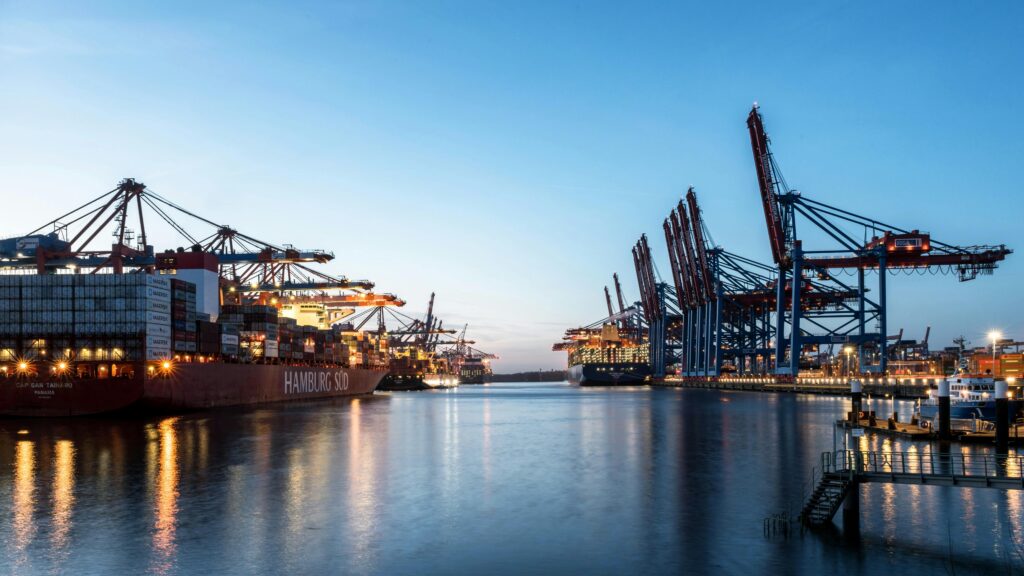The consequences of the Red Sea Crisis on European ports
Now that it seems that the rerouting around Africa is here to stay, we expect carriers to implement several measures in Europe to accelerate the transport of empty carriers back to Asia.
1. What happened this week?
Today, the SCFI went down by 5,6% for the second week in a row to reach $2,861 for a 20 Foot Equivalent from Asia to Europe.
This seems to indicate that the markets are getting used to the rerouting through the Cape of Good Hope and that the shipping industry has adapted to the situation, keeping in mind the warning of AP Møller-Maersk’s CEO that it could take months to reopen the crucial Red Sea trading route.
It is unlikely that anything changes on the military side either, with the EU being unable to agree on a timeframe or the modalities of a joint military operation last Monday.
It is to be noted that the Houthis’ attacks are continuing with 2 US-flag vessels from Maersk being targeted on Wednesday. The vessels were supposed to make a northbound transit into the Red Sea but were turned around after the attack.
2. Potential impact on European ports
The one to two weeks delay that the rerouting around South Africa is bringing to trips from Asia to NWC Europe might lead to a shortage of containers in Asia.
As a result, we expect carriers to put in place measures in European ports to ship back empty containers to Asia as fast as possible.
We are preparing for a scenario where vessels omit ports to focus on one delivery hub such as Antwerp and Wilhelmshaven, from where containers will be transported to their final destination by train, barges or trucks.
We also expect carriers to reduce their demurrage detention free time.
They might enforce drop off in port depots and reduce inland services.
We are in constant exchange with our partners and will keep our customers updated about any upcoming change. Contingency plans covering all possible scenarios are in place.








